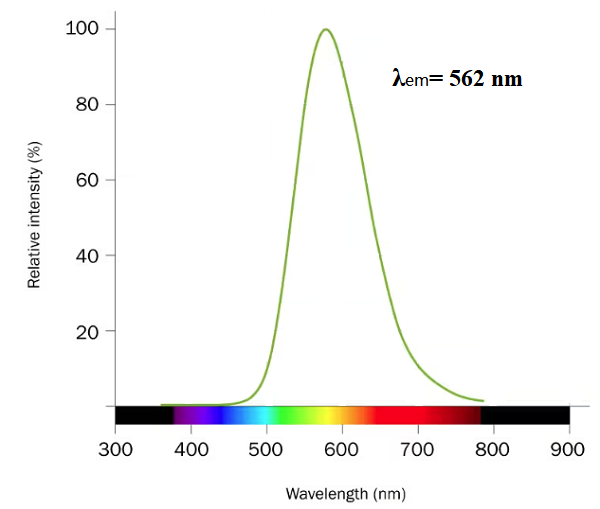| Description |
D-Luciferin is a chemiluminescent substrate of firefly luciferase. It produces light upon oxidative decarboxylation by luciferase in the presence of ATP. D-luciferin can be employed to assay the expression of the luciferase gene linked to a promoter of interest. Alternatively, D-luciferin and luciferase can be used to assess ATP availability in cellular or biochemical assays. |
| Chemical Properties |
Yellow powder |
| Uses |
D-Luciferin sodium salt is substrate for firefly luciferase, properties and use in assays of ATP and luciferase. |
| Uses |
Luciferin is used for luciferase assays and determination of ATP. |
| Uses |
D-Luciferin sodium salt has been used as a substrate in luciferin?luciferase chemiluminescence assay to determine ATP levels. |
| General Description |
D-Luciferin is mainly produced in bioluminescent organisms. It can simply circulate across the blood testis barrier, blood brain barrier and the blood placenta barrier. This small molecule is sensitive to light and oxygen. D-Luciferin is also sensitive to moisture in its powder form. |
| Biological Activity |
D-Luciferin sodium salt is a firefly luciferase substrate (Km = ~2 μM). Used in much standard bioluminescence imaging (BLI) techniques, including monitoring tumor growth and investigating intracellular signaling activity in vitro and in vivo. Cell permeable. Emission maximum = 562 nm.
 |
| storage |
-20°C |





 Pharma Sources Insight June 2024: Globalization on the Go
Pharma Sources Insight June 2024: Globalization on the Go


